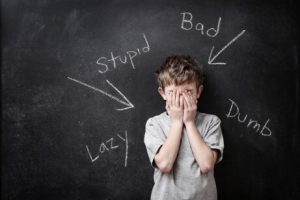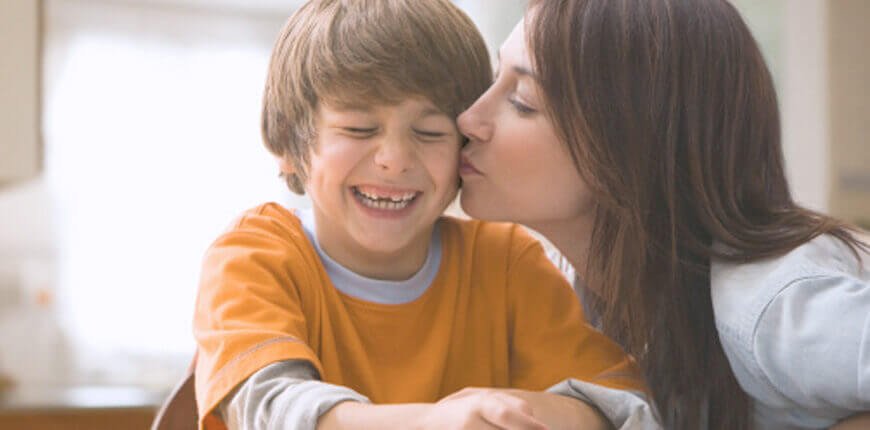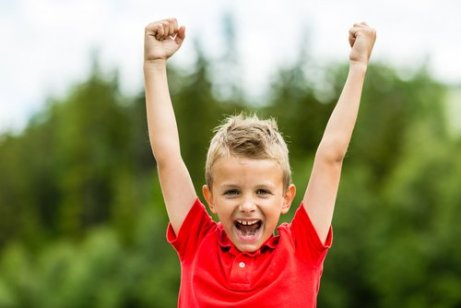Classroom Activities for Boosting Self-Esteem Among Children

Children may become shy or irritable when suffering from depression or poor self-esteem. A lack of self-confidence can bring about strong emotional changes that surely no parents want for their child.
In the following article, we’ll offer a list of activities that are designed to build up self-esteem. They’re great for using in the classroom, but you can also use them in the home. Their aim is to encourage little ones and give them back their energy and self-confidence.
5 classroom activities for boosting self-esteem
It’s important for teachers to keep their students motivated and energetic while in class. That way, the students will be more likely to participate and interact with one another during classroom activities.
-
The hot seat
This activity involves one child sitting in a chair facing his or her classmates (also seated). When the teacher says go, one classmate stands in front of the child in the hot seat and says one positive thing about him or her.
While this may feel a bit uncomfortable and cause children to blush, they will walk away happy. And, what’s more, the students will be proud of the things they heard… and said.
-
Hidden treasure chest
For this activity, the teacher hides a mirror inside a treasure chest. Then, he or she calls on each student individually to come forward and peek inside the box. The children must stay silent throughout the activity and cannot see what occurs when a student goes forward.
When everyone has had their turn, the teacher will explain that the children themselves are the treasure. Each child is unique.

-
The guessing circle
During this activity, the children will sit on the floor in a circle. Each child must take a piece of paper and a pencil, and write down three positive characteristics about the person to the right.
When everyone is finished, the students shuffle the papers together within a bag. Then they pass the bag around the circle and each child pulls out a new piece of paper. Each student then has to try to guess who the characteristics describe.
-
Charades
Each child should think about an activity that he or she is really good at. Then the teacher will call the children to come forward one by one and act out their chosen activity. The rest of the class, of course, has to guess.
-
Statues
For this activity, the teacher will need a radio or some other sound device. The teacher invites the students to come forward one at a time. While music is playing, the child dances.
When the music stops, the student must freeze like a statue and act out an emotion on his or her face. The rest of the classmates then have to guess what the emotion is.

Activities you can try at home to increase self-esteem
Perhaps the best place to boost a child’s self-esteem is in the home. When children have had a bad day, all they want is to unwind with their loved ones and feel better. Therefore, it’s important that parents dedicate time to their little ones at home.
When children lack self-confidence, it’s important to give them love and strengthen their self-esteem. Below are two activities we suggest for doing just that.
“Self-trust is the first secret to success”
–Emerson–
A dose of autonomy
When a child lacks self-confidence, the best thing that parents can do is allow him or her to try something different. Think of something that your child has wanted to do for a long time, and that can be done alone. For example, maybe it’s time to let your child shower on his or her own, or dress him or herself.
Giving children independence fills them with the security and self-confidence to continue learning.
Reading before bed
Just like we see in the movies, reading a story to your kids before they go to bed is beneficial. It improves their mood and helps them to sleep feeling secure and optimistic. This is an important part of boosting self-esteem among children.
All cited sources were thoroughly reviewed by our team to ensure their quality, reliability, currency, and validity. The bibliography of this article was considered reliable and of academic or scientific accuracy.
- Haeussler, I., & Milicic, N. (1995). Confiar en uno mismo: Programa de desarrollo de la autoestima. Editorial Catalonia.
- Niebla, J. C., & Hernández-Guzmán, L. (2001). ¿ Son Contextos Socio-ambientales los que Definen las Dimensiones de la Autoestima en Niños y Adolescentes?. Revista Mexicana de Psicología, 18(2), 229-237. https://www.researchgate.net/profile/Joaquin_Niebla/publication/288269769_Are_self-esteem_dimensions_defined_by_socio-environmental_contexts_in_children_and_adolescents/links/5b159512aca272d43b7e7cab/Are-self-esteem-dimensions-defined-by-socio-environmental-contexts-in-children-and-adolescents.pdf
- Shaffer, D. R., & del Barrio Martínez, C. (2002). Desarrollo social y de la personalidad. Madrid: Thomson.
This text is provided for informational purposes only and does not replace consultation with a professional. If in doubt, consult your specialist.
